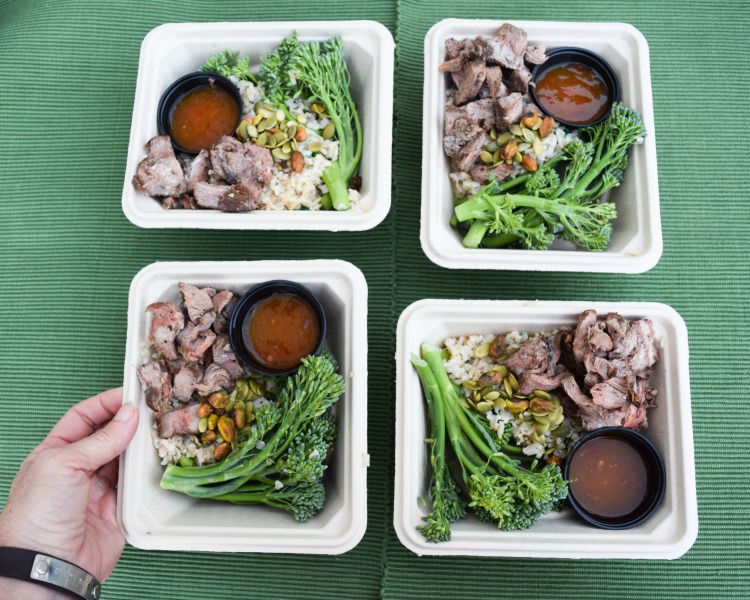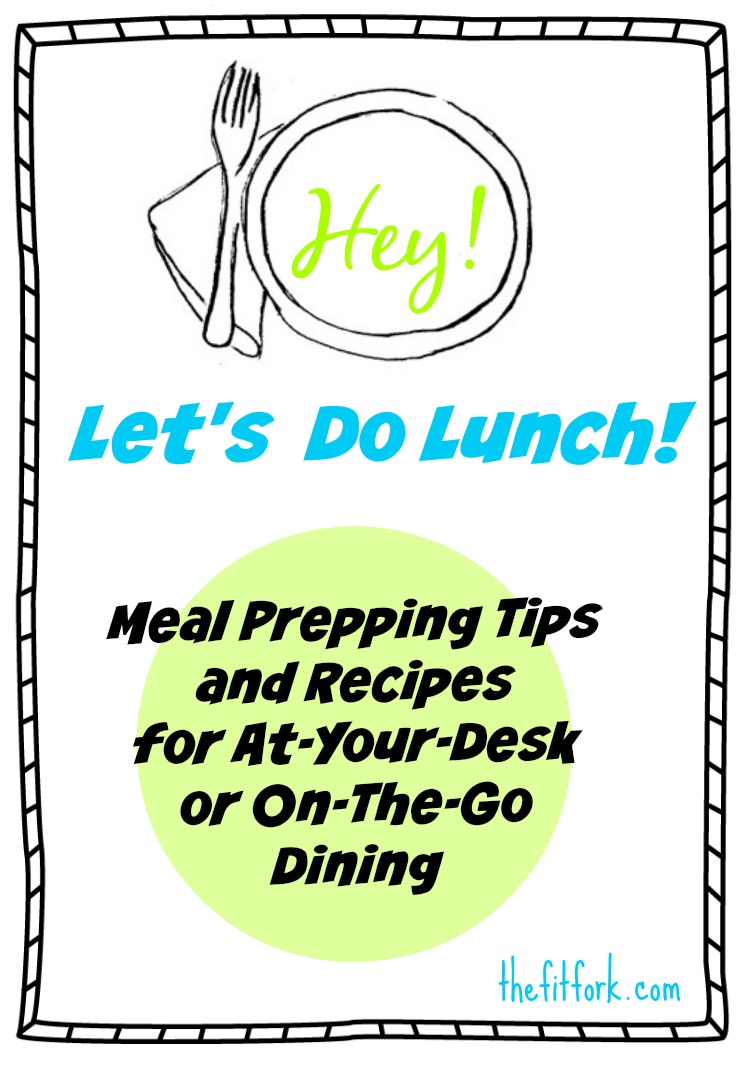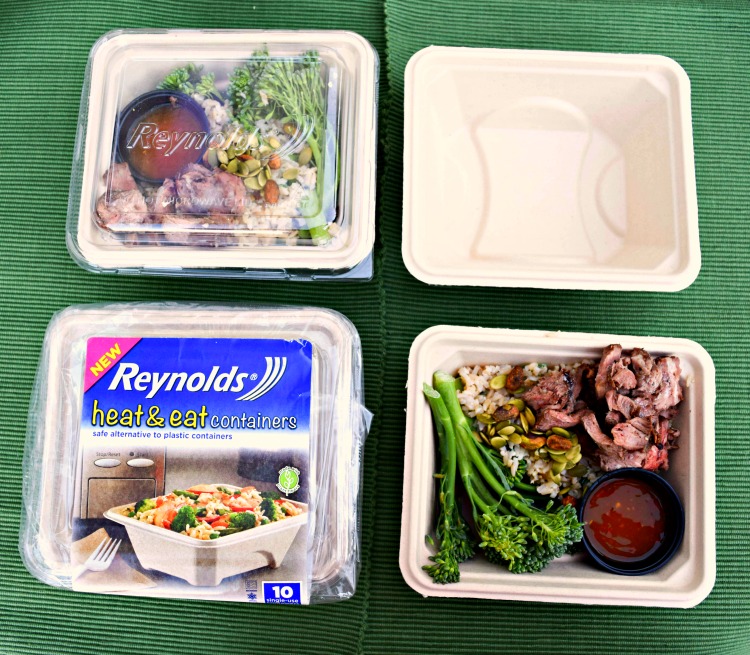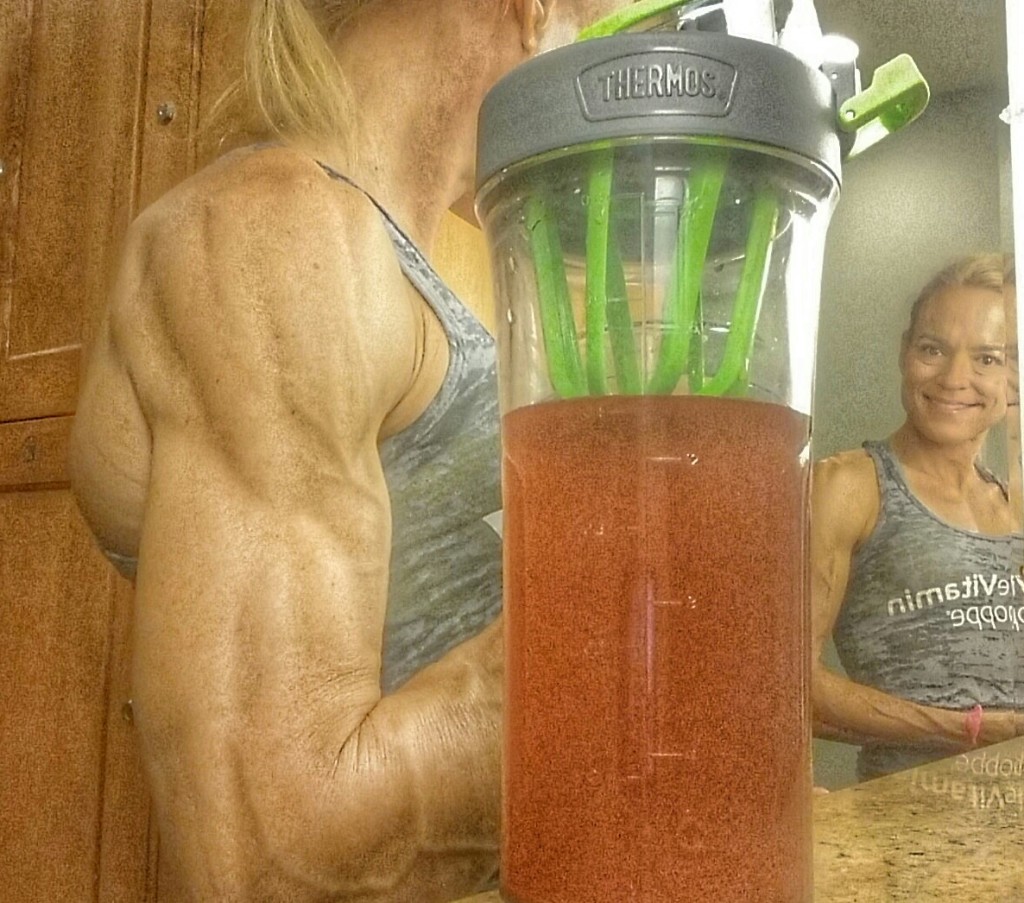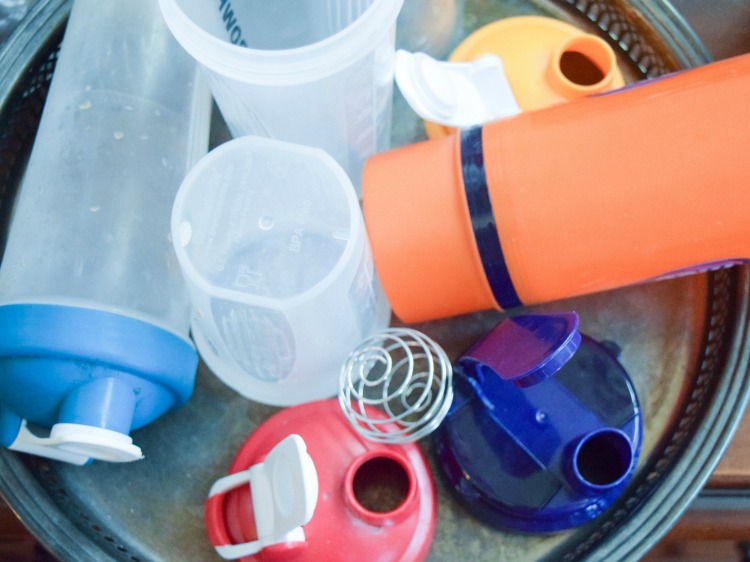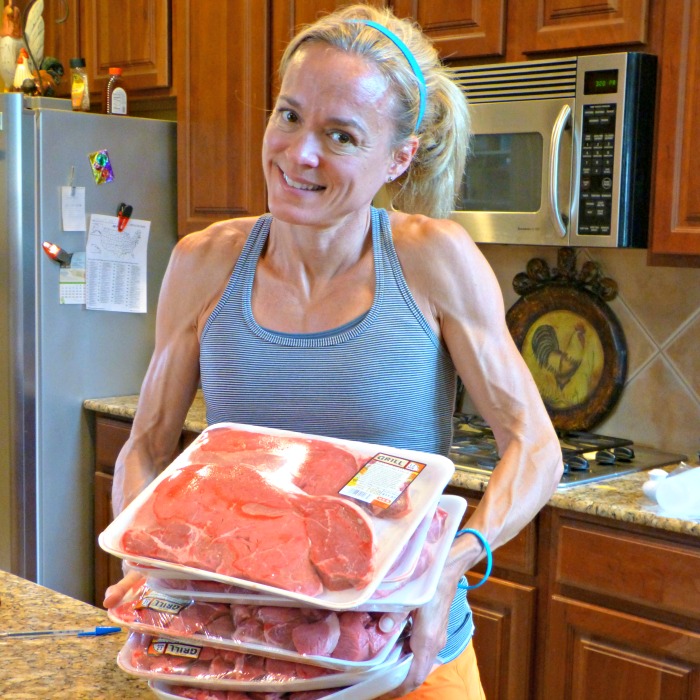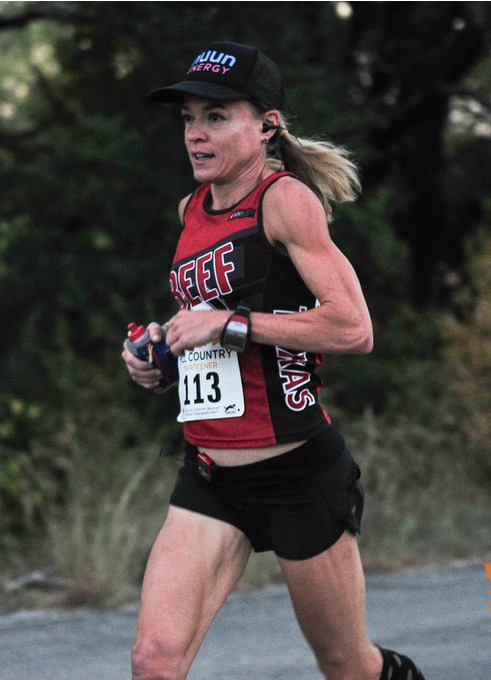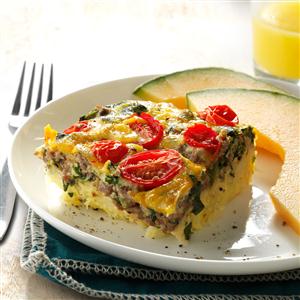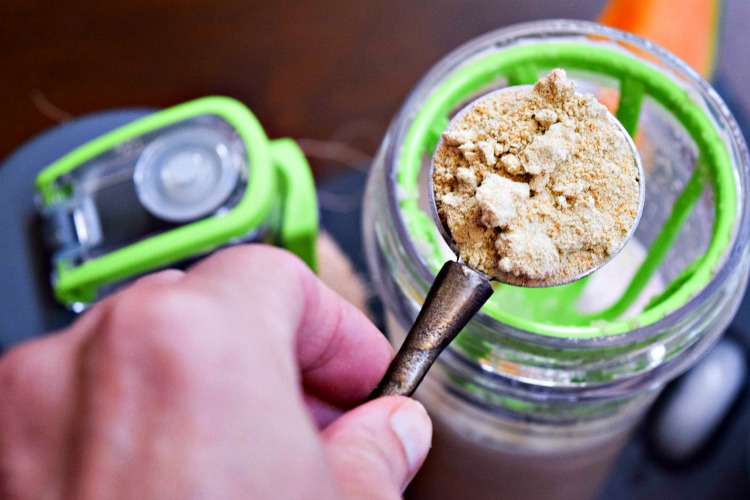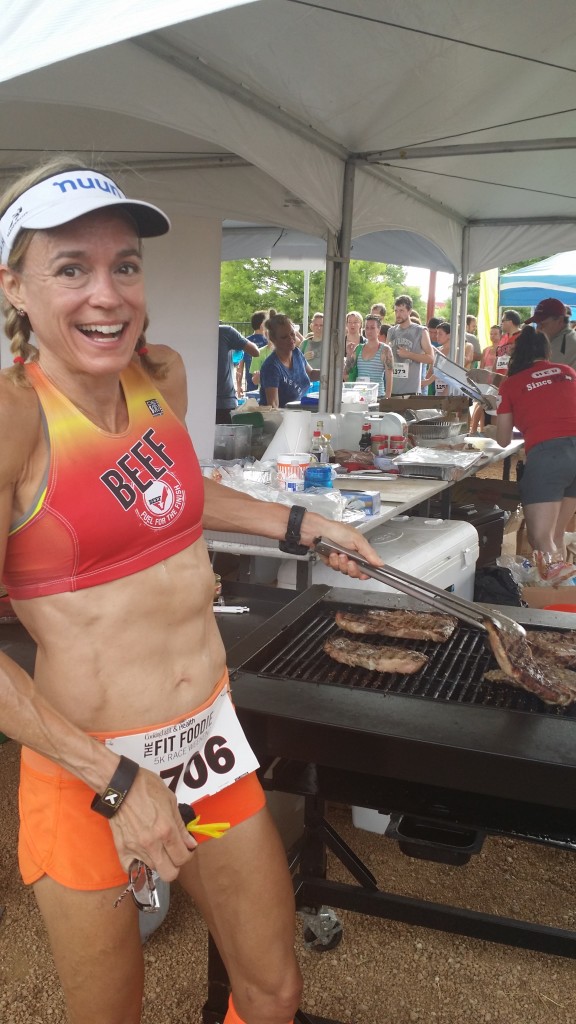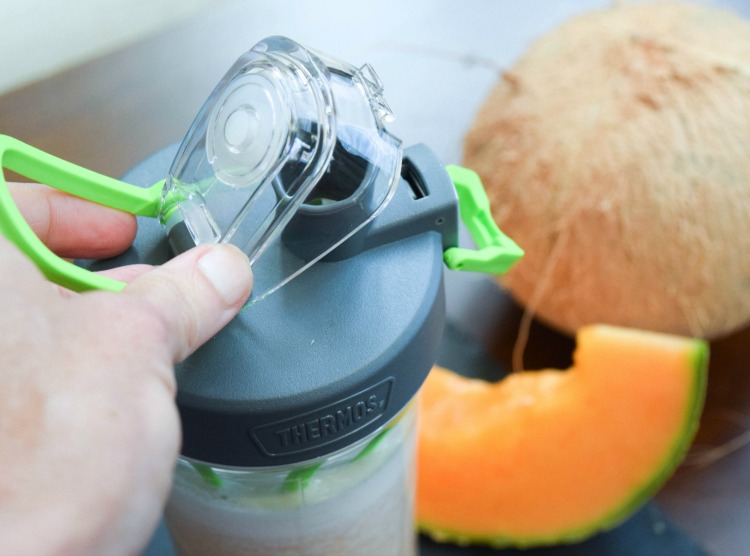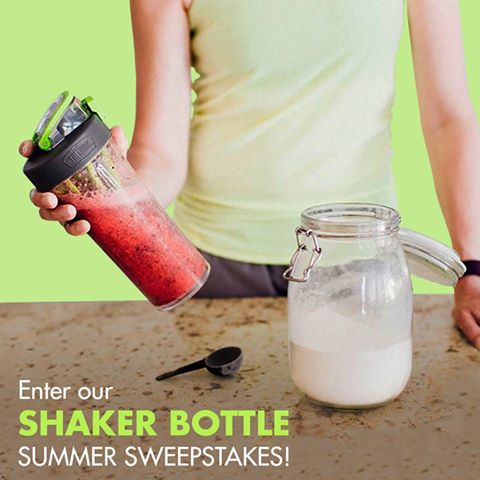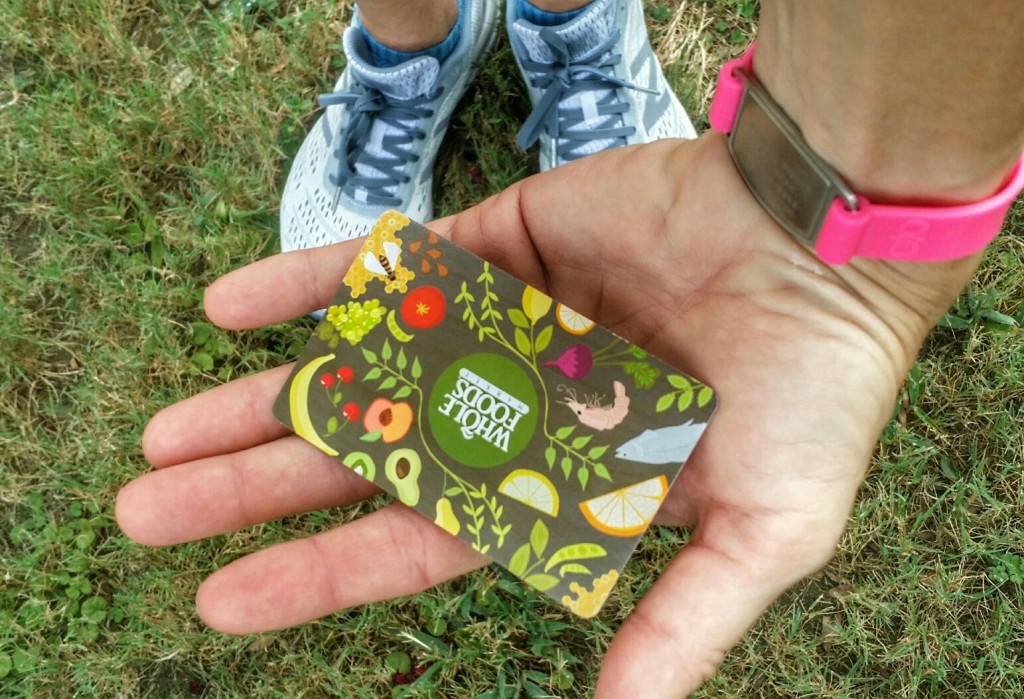Lunch, you gotta eat it no matter where you are – home, work, school, errands, gym, airplane. The issues getting in the way of my healthy lunch life are meeting up with friends who don’t have the same concerns about eating “food for function” as I do, finishing a workout that went well past noon and being so hangry that I could eat the entire Shake Shack on my way home, or being stuck on travel and having the only option be airport food. Note – I have a $25 Gift Card Giveaway at bottom of post.
However, I’ve found that with a little bit of front in effort I can prep my lunches in nice little containers for the week on Sunday – the payoff is obviously a healthier meal with ingredients approved by me, less crazy mornings gathering my grub up, and saving money – yes, saving money is good! It means I can pay all the high dollar fees for getting to and entering the races I love doing.
These are some basic tips that I use every week when putting together my meals and packing them up in to-go containers . If you’re a pro meal prepper, these tips may sound simple. But, if you’re new to the game of big batch cooking and assembly line prep, these useful ideas will help you get started!
Prep your protein. The slow cooker and grill are my two go-to ways to prepare large batches of beef, chicken and pork for lunches (and dinners) through the week. On Sunday morning, it’s so easy to stick huge roast or brisket in the Crock Pot and then walk away to enjoy the day. I use darn-big slow cooker (8-qt) so that I can make the most meat possible and have even been known to have two going at the same time! For the grill, Costco-sized trays of chicken or steaks not only are more economical to buy, but will hook you up for the entire week or month – depending on your family size. For fish, fill a rimmed, oiled baking sheet with your favorite filets or one huge piece of salmon and bake in the oven ‘til done!
Get your whole grains, beans & legumes going. Brown rice, quinoa, and ancient grains hold up really well to making ahead of time and reheating later. Often, I find that pasta gets mushy during its second showing- not always though, whole wheat pasta holds up pretty well. Use a large stock pot or rice cooker to get the job done efficiently – mine has a 20 quart capacity! Another benefit of cooking a week’s worth of grains at once, less mess to clean up.
Switch up the sauces & mix-ins. Often eating meal-prepped lunches can seem monotonous, choking down the same bland thing day after day. However, adding a small serving of sauce or handful of mix-ins is an easy way to transform the same old lunchbox staples into a wider range of flavorful meals – try pestos, Asian-inspired sauces, marinaras, salsas and so on! Even some fresh, no preservative salad dressings make a good option on hot and cold dishes. As for mix-ins, the little “extras” I rotate through include nuts, seeds, cheeses and dried fruits.
Use the right container. If taking a salad for work, a large mason jar can be layered with ingredients. Keep the dressing on the bottom and delicate ingredients up higher, leaving a little headroom at the top so that you can shake it up right before eating. I also like to take my soup in a mason jar, placing a layer of plastic wrap over the opening and under the lid to both help prevent leaking during transport and to serve as a splatter guard when reheating in the microwave – you don’t want to put that metal lid in there! Hot meals can be reheated in a variety of containers, but I am partial to the Reynolds™ Disposable Heat & Eat containers (more deets below)– they hold a generous portion, are a great alternative to plastic and can be tossed in the trash so no messy containers to take home. Store small portions of dressings, nuts, and cheese in baby mason jars, cleaned baby food jars, small plastic containers or snack-sized zip-bags.
Know your food safety rules. When meal prepping for a week of lunches, remember most pre-cooked proteins and grains will only stay fresh for about 3 to 4 days in the fridge—I prep for Monday through Thursday and then do actually treat myself to lunch out on Friday! You can also prep your “plated” meal, or bigger bags of “ingredients” for assembly later, cool and place into appropriate freezer-storage containers – in the freezer, you can keep the quality for about 6 months. I refer to this handbook of food storage safety tips from Real Simple magazine often. If you can’t keep your lunch in the fridge at work, make sure you’re using icepacks than keep your food chilled until chow time.
As I mentioned, I am digging these Reynolds™ Disposable Heat & Eat containers (I purchased mine at Walmart on the food storage aisle where you find foil, plastic bag, wax paper, etc.). Available in two sizes, these toss-away lunch tubs are a great alternative to plastic and are made with plant fibers. The clear lids allow you to see what you’re grabbing from the fridge, but need to be set aside during the reheating process. 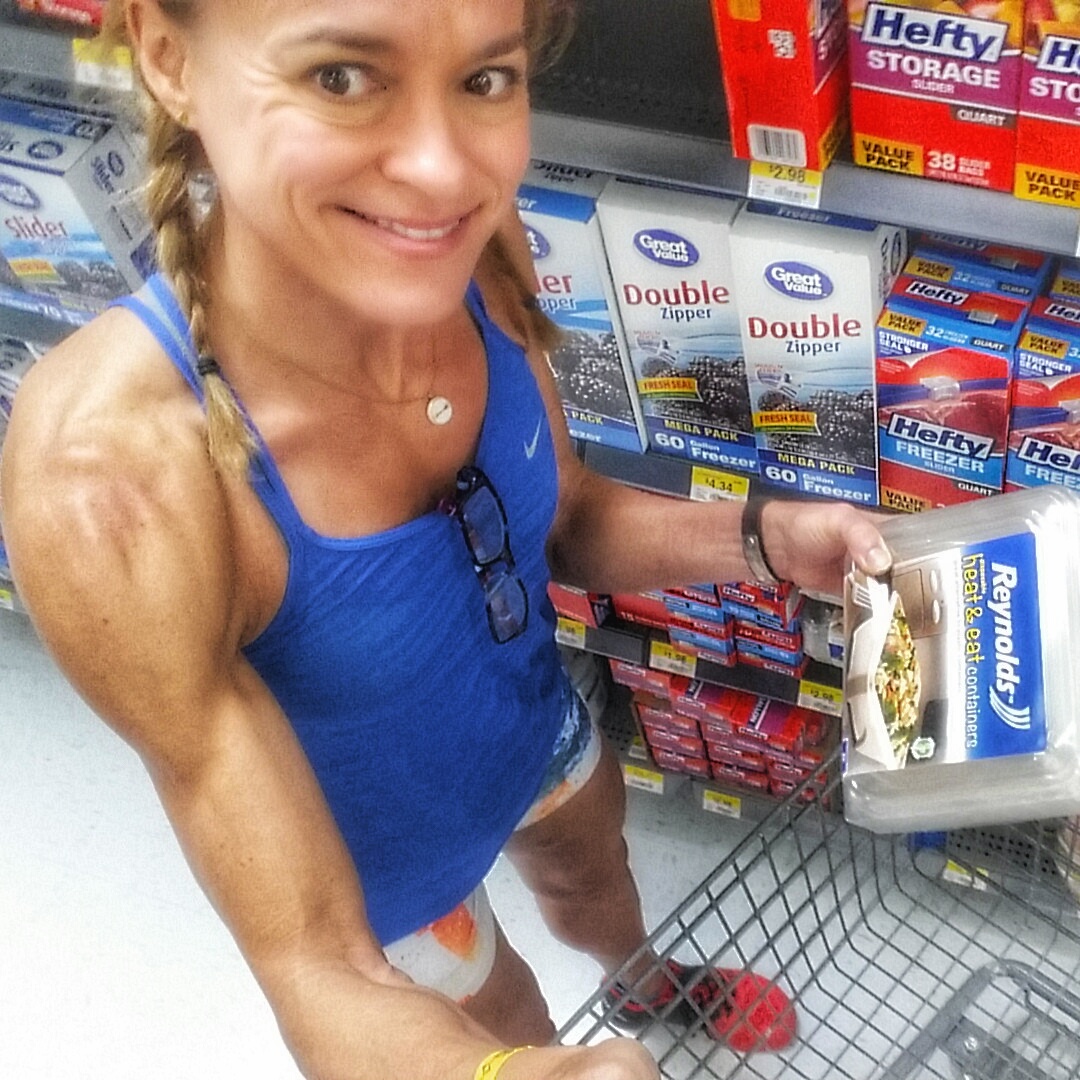
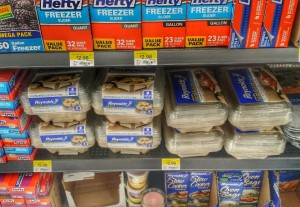 Check these out for yourself by picking up a pack of new Reynolds™ Disposable Heat & Eat Containers at your local Walmart – found on the food storage aisle. They are very reasonably priced and you can even save an additional $1.00 on one pack of Reynolds™ Disposable Heat & Eat containers with this coupon.
Check these out for yourself by picking up a pack of new Reynolds™ Disposable Heat & Eat Containers at your local Walmart – found on the food storage aisle. They are very reasonably priced and you can even save an additional $1.00 on one pack of Reynolds™ Disposable Heat & Eat containers with this coupon.
Here are some recipes to get you going:
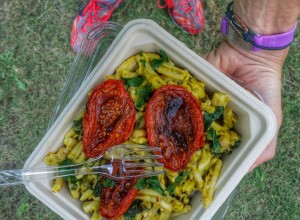 “Go for the Gold” Turmeric Hummus can be tossed with pasta or zucchini noodles for a healthy option to a creamy sauce – another perk is that there is also added protein.
“Go for the Gold” Turmeric Hummus can be tossed with pasta or zucchini noodles for a healthy option to a creamy sauce – another perk is that there is also added protein.
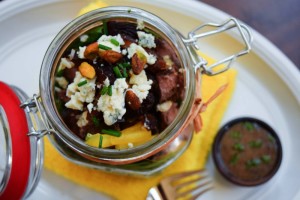 Super Iron Boosting Beef, Blue Cheese and Date Salad relies on pre-prepped sliced steak from the freezer (or freshly cooked) and layers up nicely in a jar for on-the-go lunching. I’ve even eaten this one in the car!
Super Iron Boosting Beef, Blue Cheese and Date Salad relies on pre-prepped sliced steak from the freezer (or freshly cooked) and layers up nicely in a jar for on-the-go lunching. I’ve even eaten this one in the car!
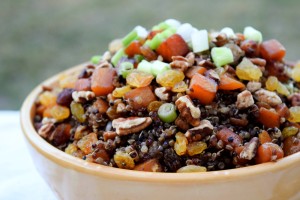 Maple Pecan Butternut Quinoa is a delicious fall-inspired salad that can be taken to work or school and eaten warm or cold. Here’s a little tip, double up when cooking the quinoa for this recipe and bag the rest in the freezer for easy dinners later.
Maple Pecan Butternut Quinoa is a delicious fall-inspired salad that can be taken to work or school and eaten warm or cold. Here’s a little tip, double up when cooking the quinoa for this recipe and bag the rest in the freezer for easy dinners later.
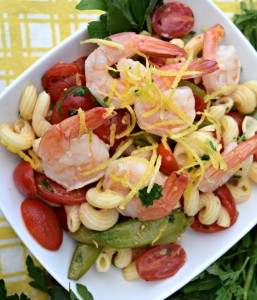 Shrimp & Snap Pea Pasta with Lemon Gremolata – This is another dish that is just as good cold as hot. If meal prepping for lunch, I always leave the delicate veggies raw so that when I reheat, they don’t become mushy!
Shrimp & Snap Pea Pasta with Lemon Gremolata – This is another dish that is just as good cold as hot. If meal prepping for lunch, I always leave the delicate veggies raw so that when I reheat, they don’t become mushy!
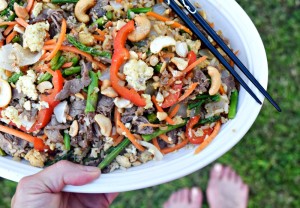 Beef & Veggie Fried Rice: I typically use sirloin or flat iron steads for this one, but prepping to eat several days in a row, I will swap up the meats with chicken, shrimp or just simply extra scrambled eggs for protein variety.
Beef & Veggie Fried Rice: I typically use sirloin or flat iron steads for this one, but prepping to eat several days in a row, I will swap up the meats with chicken, shrimp or just simply extra scrambled eggs for protein variety.
Don’t forget to GET YOUR $1 OFF COUPON for Reynolds™ Disposable Heat & Eat containers!
 Enter giveaway for a change to win a $25 Walmart Gift Card so you can try Reynolds™ Disposable Heat & Eat containers yourself! Ends 10/20/2016 at Midnight CT.
Enter giveaway for a change to win a $25 Walmart Gift Card so you can try Reynolds™ Disposable Heat & Eat containers yourself! Ends 10/20/2016 at Midnight CT.
Enter via Rafflecopter app below:

